One awesome aspect of living in a nation with such a cultural melting pot is having access to a multitude of ethnic cuisines. But the truth is that the ethnic food we eat here has been adapted to fit the American palate, losing its authenticity.
Students that go abroad usually have their own ideas about what the country’s traditional food is like and, more often than not, they find that their perception of a country’s cuisine was far from correct.
So here are some culinary experiences from students who have studied abroad and their newfound insight into the regional food of the places they traveled to.
South America
Santiago, Chile
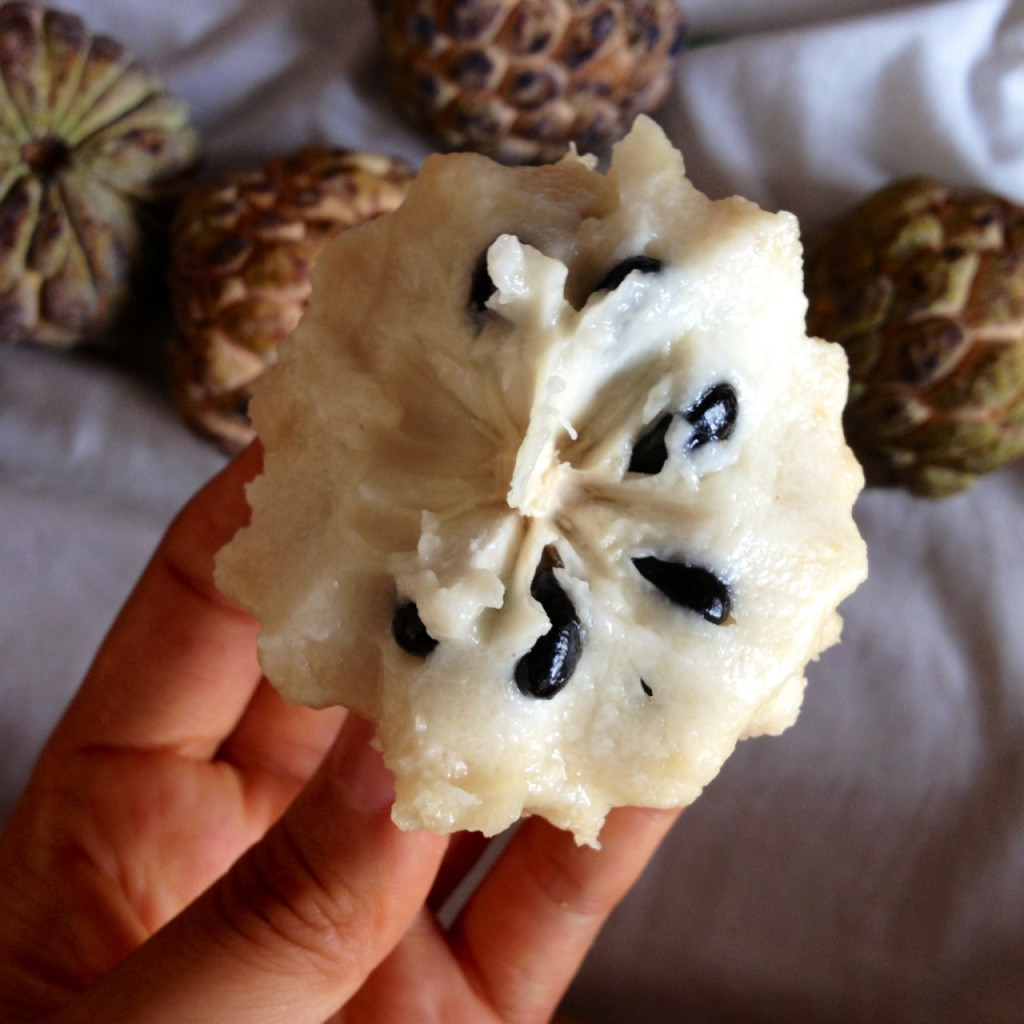
Photo courtesy of tumblr.com
“For a country that has so much coastline, I was amazed how little seafood the city had. People kept asking me how the Chilean sea bass was when I got back, but the truth is that most of the fish they catch is exported.
The seafood we did have was usually frozen, though Santiago is about an hour from the coast. That’s not to say they don’t have awesome fresh food.
My favorite food was a fruit called custard apple. It’s a fleshy fruit with seeds throughout that they serve with orange juice as dessert. It’s related to other citrus fruits and pairs great with OJ.” – Molly Gilmore ’16
Lima, Peru
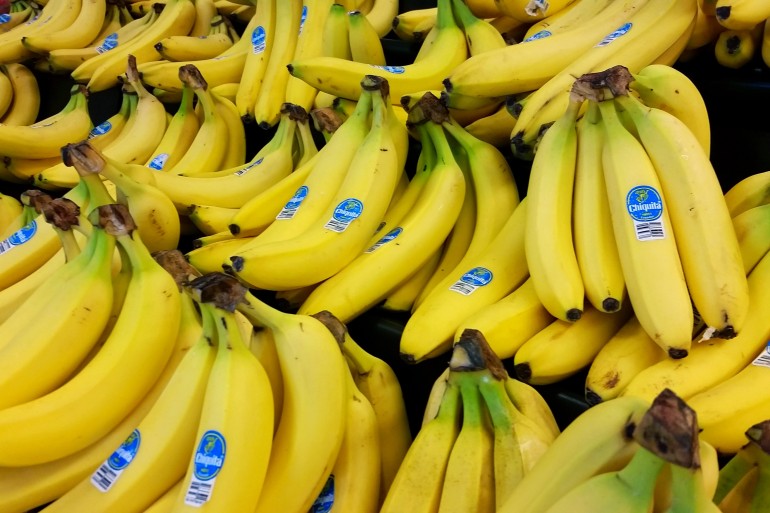
Photo by Eunice Choi
“There are a lot of snack foods in the U.S. that people assume are traditional South American food, but chips and guacamole are not really representative of the typical Peruvian snack. The food there is extremely fresh and they enjoy ingredients in their simplest form.
Ceviche is a pretty good example of that. It’s just raw fish with a simple citrus marinade. For snacking, Peruvians tend to eat a lot of fruit, some that we even have in the states like bananas, apples and oranges.” – Morgan Gray ’16
Buenos Aires, Argentina

Photo courtesy of tumblr.com
“Being a vegan in Argentina seemed scary at first. Argentina is pretty well known for their love of all things steak, but they actually have a lot of food that caters to vegans, especially their salads.
Most salads use a vinaigrette or dressing of some kind, but in Argentina they only dress their salads with olive oil. They press the olives domestically and it tastes so fruity and delicious that the lettuce doesn’t need anything else.” – Vanessa Daneshvar ’15
Europe
Barcelona, Spain
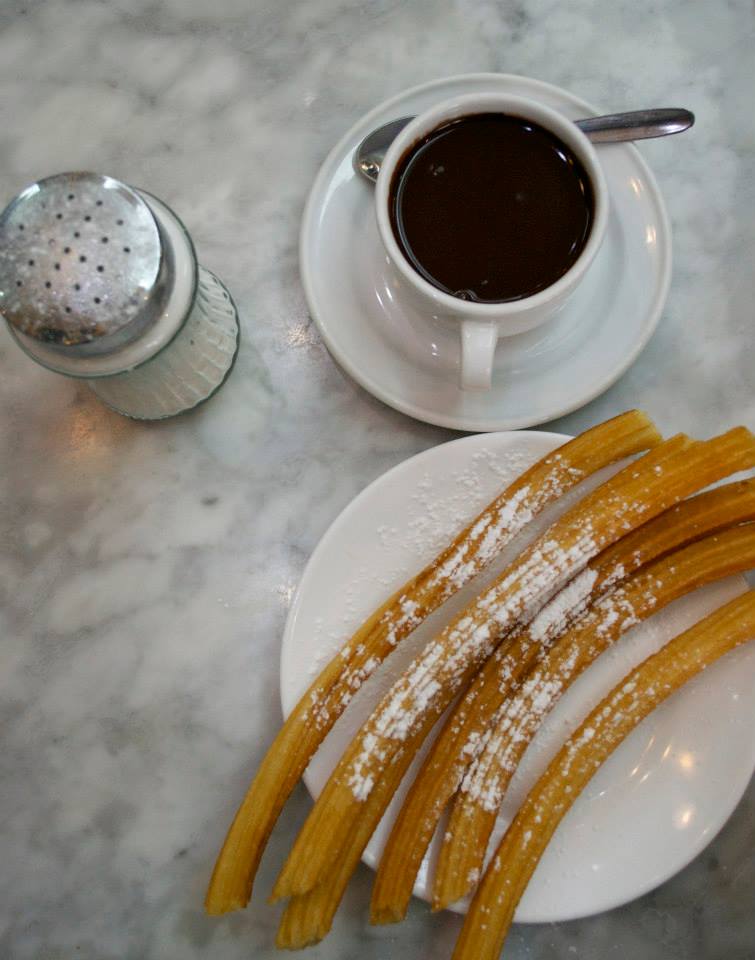
Photo by Kirby Barth
“The tapas in Spain are awesome, although they are growing in popularity in America so most people have an idea of what their favorites are.
Most people go straight for the fancy sounding dishes, like acorn fed iberico pig, but they overlook what I think is the best tapa: patatas bravas. Think french fries, but done so much better. It’s a seasoned potato nugget fried to perfection and served with aioli or spicy tomato sauce.
For dessert they have churros with hot chocolate, except their hot chocolate is taken literally. It’s melted chocolate that is so rich and perfect for dunking a hot churro in.” – Margaret Babson ’15
Geneva, Switzerland
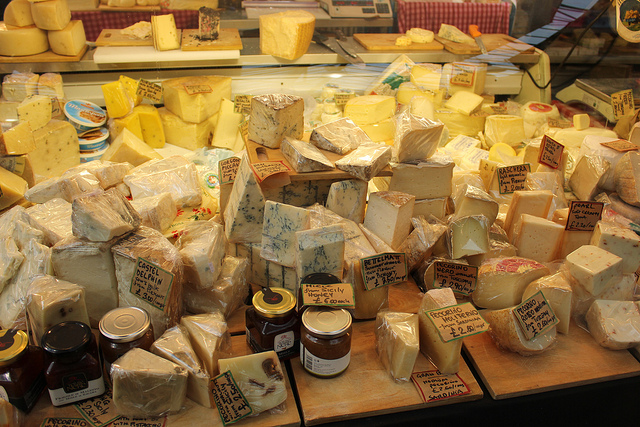
Photo by Hannah Kliot
“Switzerland has an interesting food culture because of the influences from France, Germany and Italy, but they still have a distinct cuisine all their own.
The romanticized food that most people know is, of course, fondue. But the cheese dish that is eaten most often is raclette. It’s both a type of cheese and a type of cooking.
The home version involves a grill where you melt individual cheese slices and pour it on meats and sides, but the most authentic kind is the one you find at festivals. They melt a half wheel of cheese and scrape off the top layer onto a plate. The best part is the cheese pairs well with both beer and wine.” – Katie Komlenic ’15
Nantes, France

Photo courtesy of tumblr.com
“France is one of those countries where people go to study abroad to make other people jealous with food pics on Instagram.
The food there is so beautifully prepared, but a lot of people get caught up in the food they learn about in their high school French class. Crêpes are one of those things that, while delicious, are just the surface of French food.
In Nantes, the more authentic dessert food was the galette. A galette can mean a lot of different things in France, but my favorite one was the sweet cherry galette. It’s like a sweet, flaky, open-faced hand pie that is rustic but delicious.” – Carol Faber ’15
Milan, Italy
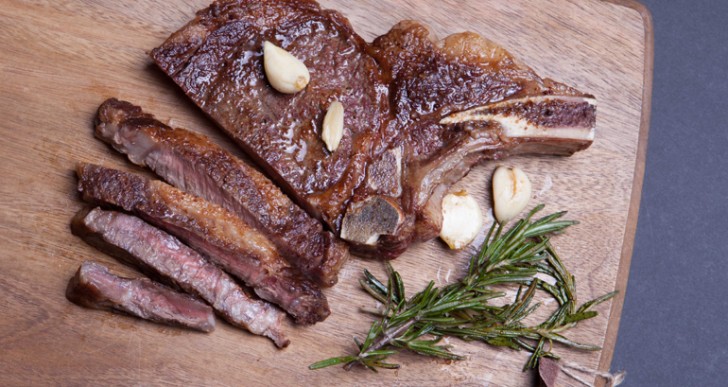
Photo by Katherine Dempsey
“The stereotype of Italian food is sometimes spot on. The amount of pizza and pasta I had in Milan was unreal. It’s really different from the Italian-American pizza and pasta, but I think most people know that.
What was a shock to me was the amount of food there that was similar to American cuisine. As someone who’s lived in Texas for a long time I am a huge fan of red meat in big portions, which I wouldn’t have thought is also appreciated in Italy.
They a have a dish called bistecca alla fiorentina, which is basically a huge porterhouse steak grilled with balsamic vinegar. It’s Italian in the sense of big portions but it’s all meat, which seems so American to me.” – Clement Mirol ’16
Middle East
Istanbul, Turkey
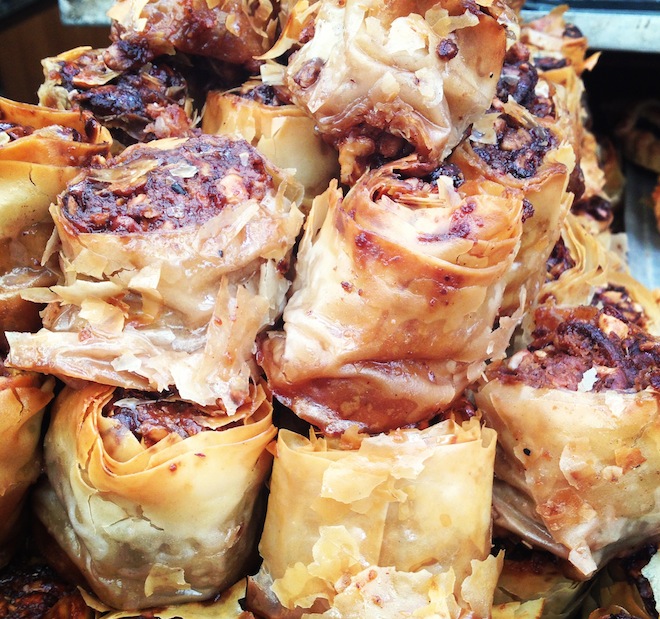
Photo by Rea Steinbach
“I was so ready to get to the Middle East and eat hummus and falafel from dawn to dusk. Turkey certainly had that, but the country’s history makes it pretty different from the other Middle Eastern nations. The European influence is definitely visible, especially in Istanbul.
Greece has had a large influence on Turkish culture and they still have a number of Greek foods like baklava and kebab.
My favorite dish though was menemen. It’s an egg scramble with tomatoes, peppers and cheese that they serve in a skillet for breakfast. I never minded waking up early abroad because of the menemen.” – Sarah Wheaton ’16
Amman, Jordan
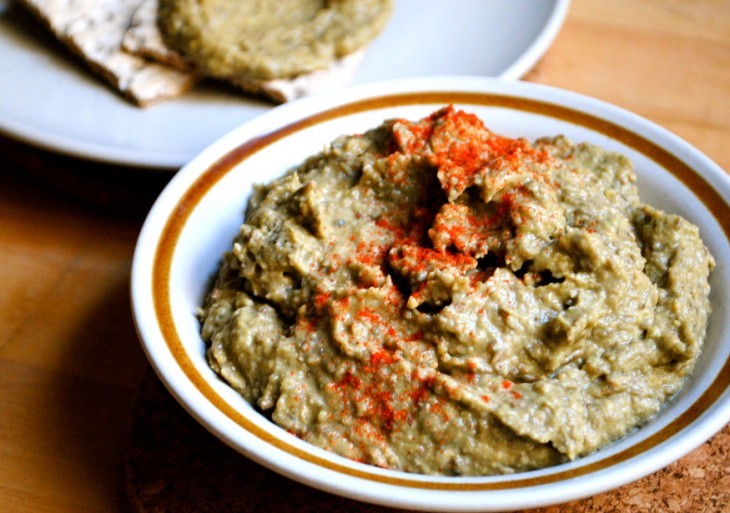
Photo by Nina Lincoff
“Jordanian food is a great example of typical Middle Eastern cuisine. Their style of food is focused on communal eating with emphasis on small plates and big variety.
A meal will usually consist of small plates of hummus, tabbouleh, olives, tahini and slow cooked lamb all with bread. Big heads up: don’t call the bread “pita bread”. Pita is a word that we use in America but doesn’t exist in Jordan, and they may get offended when you say it.
The tea there was also quite good. The addition of fresh mint makes the flavor pop.” – Molly Gilmore ’16
Africa
Durban, South Africa
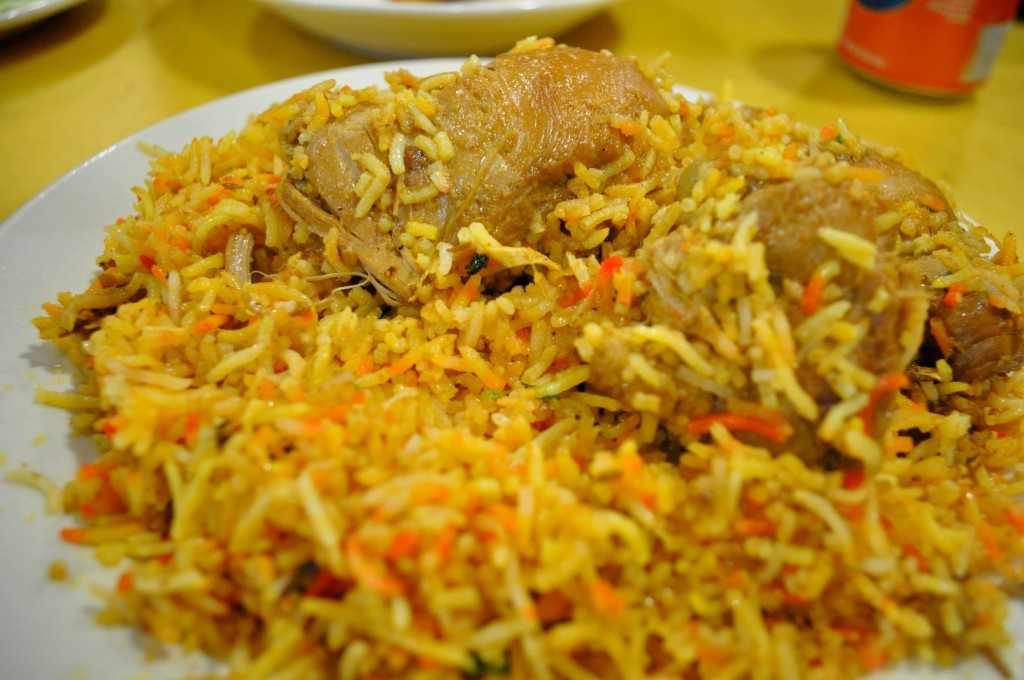
Photo by Angie Oo
“Meat plays a pretty important role in South African food, but Durban is not your typical South African city. It has the second largest Indian population outside of India and it shows in their food.
They eat a lot of curry, which I wasn’t expecting when going to Africa. My favorite curry that my host mom made was Biryani. It’s spicy, though not quite as spicy as traditional Indian curries. The South African version also has fried potatoes and lentils, which make it different from Indian recipes.” – Olivia Bendit ’16
Rabat, Morocco
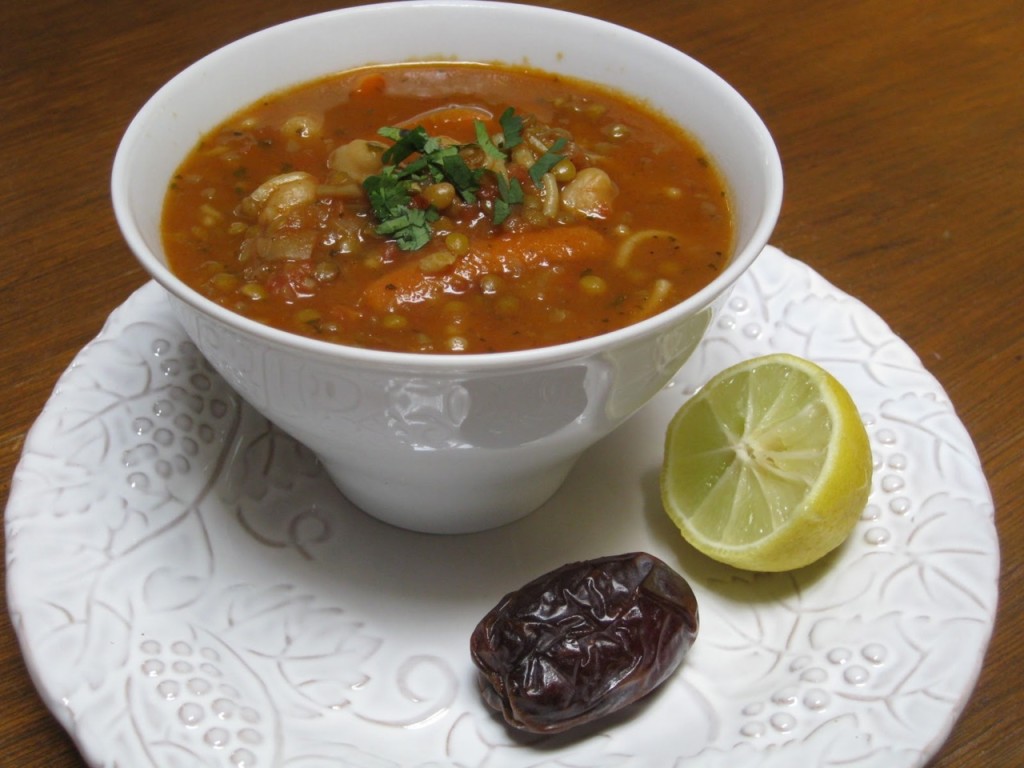
Photo courtesy of tumblr.com
“Many people expected that Moroccan food would be similar to Middle Eastern food with intense spices and dipping sauces like hummus, tzatziki and lots of falafel. This was certainly not the case.
I saw hummus on one menu in Marrakech, easily the largest tourist city in Morocco. Not only was this my first encounter with hummus while I was in Morocco, but it was also possibly the worst hummus I have ever had in my entire life.
Food in Morocco is not only essential to everyday life, but it’s a way to show community and welcoming. This idea is seen as soon as you enter a home for the first time. Immediately you are offered tea and some sort of cookie or pastry.
Soon after food is placed in front of you, there is a chorus of “couli couli couli,” meaning “eat,” usually said by the mother or daughters in the household. This is how they show guests that they are welcome in their home.
Harira was probably my favorite food. Harira is traditional soup made of vegetables, chicken broth, little pieces of pasta and spices usually served at dinner. My host family also liked to put hard boiled eggs in their soup, although I believe that this was less common.” – Molly Samson ’16
Asia
New Delhi, India

Photo courtesy of tumblr.com
“India is such a big country and it has so many regional foods. I think Americans are familiar with curry, but there is still so much about Indian food that isn’t conveyed in the U.S.
One thing I don’t think many people realize is how fresh Indian food can be. I stayed with a host family and every week my host mom would make her own dairy products: butter, yogurt, cheese, ice cream. You could really taste the difference in quality of the homemade dairy.
My host mom also used fresh mangoes in her ice cream and it tasted like a frozen lassi. It was weird to transition back to American dairy after all that.” – Shrima Pandey ’16
Xi’an, China
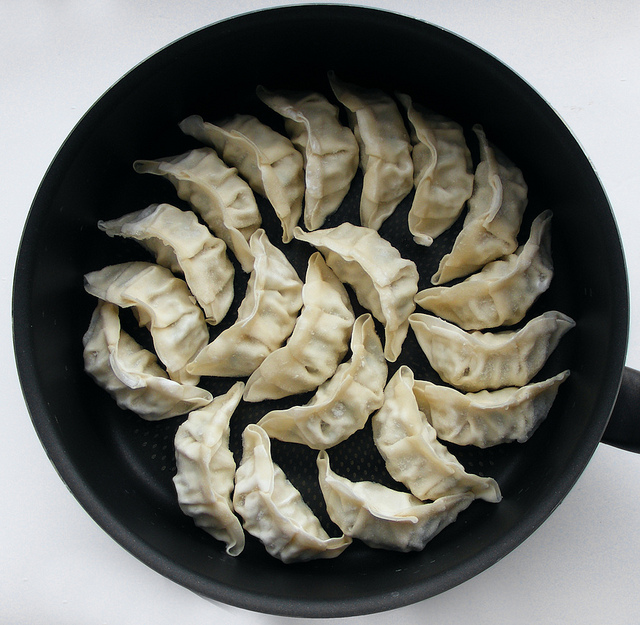
Photo courtesy of tumblr.com
“I think every culture has some variation of a pastry stuffed with a savory filling. Italians have ravioli, Poles have pierogi, South Americans have empanadas and practically all of Asia has dumplings.
China has an endless variety of jiaozi, the Chinese word for dumpling. Most Americans are used to the dumplings you get from Chinese takeout, which are usually fried, but there are so many other preparations of jiaozi.
My favorite dish was a jiaozi soup with goji berries. It was so different from how I’m used to eating dumplings.” – Jaclyn Kahn ’15
Australia
Byron Bay, New South Wales

Gif courtesy of tumblr.com
“Beyond shrimp on the barbie and vegemite, I really didn’t know what to expect from food in Australia. I knew that British food was pretty popular, so I expected meat pies and tea times.
I was excited to learn about Aboriginal food and culture. They call the native food ‘bushfood,’ and it happens to include the granny smith apple.
The most adventurous food I had while abroad had to be kangaroo steaks. It was weird to think about what I was eating and I’m sorry to say that it is actually delicious.” – Emily Caldwell ’16
For some more tips on studying abroad, check out these articles:


